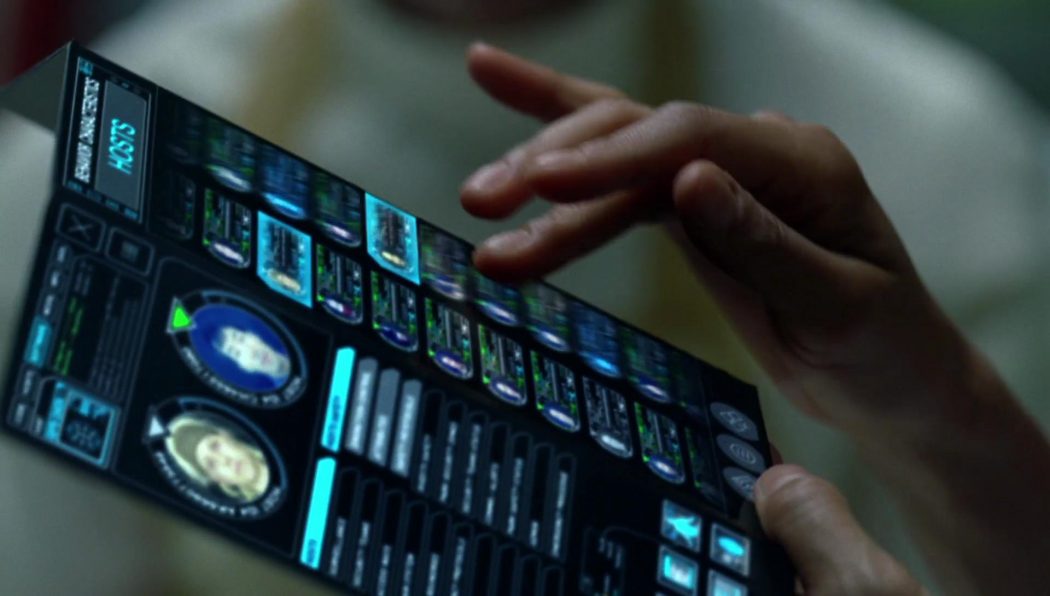I certainly can’t claim to have invented them; gaming companies have, for decades, produced “adventure logs” and “combat sheets” and all manner of forms that individual referees might or might not find useful at their own tables. I never particularly did, maybe because their form never really suited my functional needs – they didn’t have enough space for the stuff I needed, or spent too much space on things I had no real use for.
But, at some point, I was trying to teach myself how do things with Apple’s Pages application, and decided that what I really needed for the game I was currently running was a summary one-pager I could refer to during my game sessions. A one-pager that had the vital character details on it, and some sketchy session notes about what was going on.
As I continued this practice I found that while I did make use of the playsheet (often, for example, using it as a place to scrawl notes, keep track of opponent’s health during combats, and so on) what was more useful to me, actually, was the prep process of filling it out ahead of time. Just the exercise of committing to typing out enough information to fill out the playsheet helped me prepare for my sessions. It didn’t matter if the actual play covered only a portion of what was written on the playsheet, or went in unexpected directions – that was all fine. But the exercise of writing the notes down on paper helped crystallize in my head where we currently were at, and where things could likely head (and what I planned to do if they did).

I also found that the scale of the playsheet was useful – keeping it to a one-pager often helped me be concise and economical; I found that the single sheet seemed to fit the general length of a play-session for me. I didn’t need to prepare more than that, but if the sheet looked bare, then it was a warning that I might not really have enough going on to make the session rewarding. Sometimes the same sheet got used session over session if we were in the middle of working out some parts of the adventure; sometimes as we moved from one act to another or one story-line to another, the whole sheet got revised.

The playsheet images here are for the first sheet created for my new ongoing Traveller adventures. It’s got perhaps more detail on it, especially on the back, than I might normally have.
You might try the same exercise if you like. There’s little point in giving you a template or something to download – the playsheet is a really simple thing:
Landscape layout, not portrait
Character details table spanning two columns, taking up the “top half” of the playsheet front side
Two column layout for the rest of the sheet to sketch out: where things are at, encounters or problems lying just ahead, and details for characters or creatures or opponents that the players might meet and interact with
Very simple; very effective.
